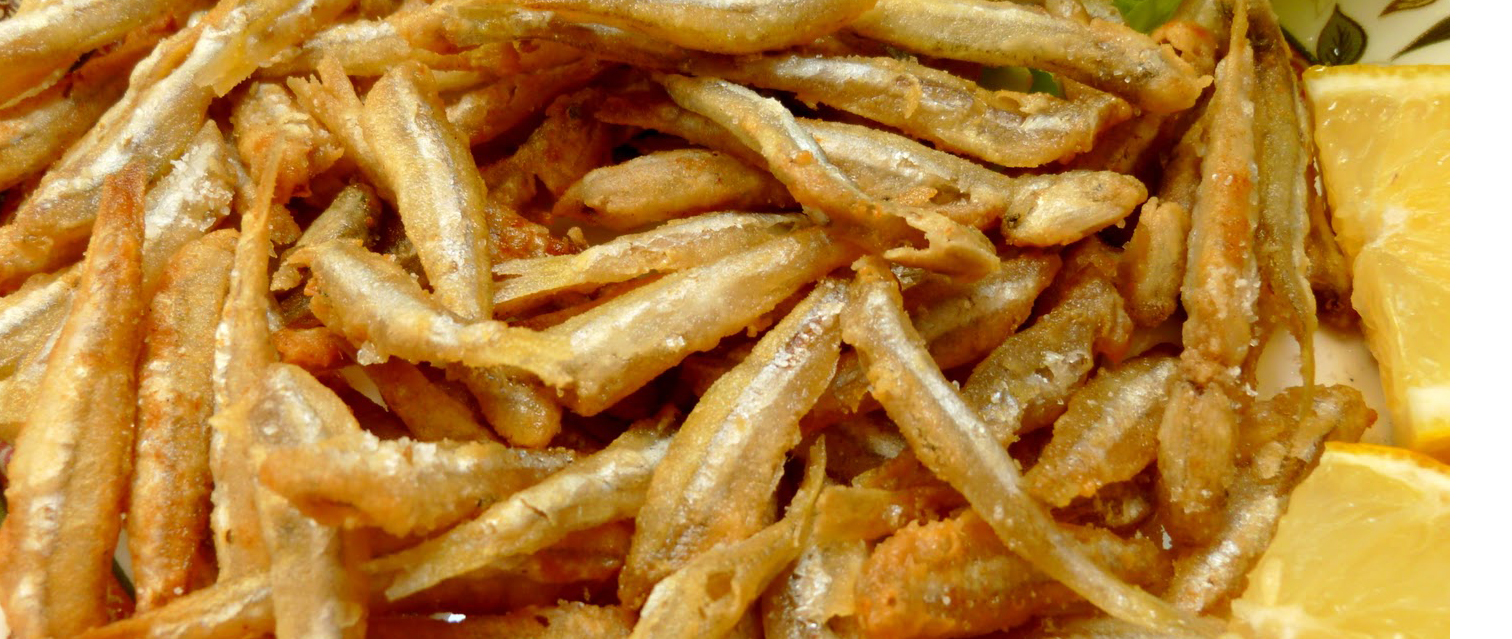

Anguillara is located on a cliff on the banks of Lake Bracciano and its history is very ancient. During the dry season of the lake, the oldest Neolithic village in Europe was discovered dating back to 5,500 BC.
But foundation of the town dates back to the republican period of ancient Rome, I or II century BC, when there is news of a rich Roman patrician, Rutilia Polla, who owned a villa on the shores, just below where is the Collegiate today. Like all the Roman villas, this also had a productive part, and here the lake fish were reared to service the market of Rome.
The villa forms a right angle on the banks of the lake and was called "Angularia" and perhaps this would result in the name Anguillara. The suffix Sabazia, instead, comes from the name of the area and was added to distinguish it from a village of the same name in Padua.
During the Roman period, the works of catchment of the lake waters, the construction of the Aqua Claudia complex and the construction of Via Clodia occurred.
But foundation of the town dates back to the republican period of ancient Rome, I or II century BC, when there is news of a rich Roman patrician, Rutilia Polla, who owned a villa on the shores, just below where is the Collegiate today. Like all the Roman villas, this also had a productive part, and here the lake fish were reared to service the market of Rome.
The villa forms a right angle on the banks of the lake and was called "Angularia" and perhaps this would result in the name Anguillara. The suffix Sabazia, instead, comes from the name of the area and was added to distinguish it from a village of the same name in Padua.
During the Roman period, the works of catchment of the lake waters, the construction of the Aqua Claudia complex and the construction of Via Clodia occurred.
Read More
The village was completely reconstructed in the sixteenth century and many houses retain the medieval structure with large overlapping spaces connected by a central staircase.
The medieval village was founded on top of the Roman one, and in the complex of Santo Stefano the succession between the Roman villa, the medieval church and the new village can be clearly seen.
The story of the link between the village and the Anguillara family is still a mystery. This noble family began its lineage around 950 with Raimone, a valiant warrior who managed to defeat a dragon that terrorized the inhabitants of Malagrotta right near the shores of the lake. To reward him, the pope granted him the land. This legend is still remembered in the coat of arms of the family that has two crossed snakes.
The first reference to the new commune is a document kept in the archive of S. Maria in Trastevere dated 2 July 1020, in which Guido of Anguillara is cited as the son of Bellinzone, lord of 'castrum angularia'.
This was the way in which, in the Middle Ages, the strongholds were indicated where the population had been sheltered during the Barbarian warfare. This document authorizes fishing for commercial purposes and also includes the names of some lease-dwellers of the lake.
Around 1140 the Anguillara family extended its possessions to Santa Severa and Tolfa and hosted Henry VI, son of Federico Barbarossa and other princes who were going to his coronation in Rome.
This alliance with the emperor in a period of strong tension between the papacy and the empire led to the decline of the Anguillara family and in 1234 the town was conquered by Pietro dei Prefetti di Vico. A few years later Anguillara resumed possession of the town but by then the neighbouring territory was divided between the family and the Prefect of Vico.
The papacy's transfer to Avignon led to uncertainty as to the fate of the territory's government and the Anguillaras moved the centre of their power to Capranica and Orso di Anguillara hosted the poet Francesco Petrarca. Orso was the son of an Orsini and thanks to his marriage with a Colonna, he finally entered the circle of noble Roman families who ruled Romana in the absence of the pope.
But an arrogant attitude and an excess of dishonesty caused the family to be excommunicated, and Anguillara passed under the direct control of the Apostolic Chamber.
It would be Pope Alexander VI Borgia who gave again this area as a feud but this time to the Orsini family even though the struggles for the control were repeated continuously.
The statute of Anguillara dates back to 1551 thanks to Cardinal Sforza, and in 1560 the village passed under the control of the Ducato of Bracciano. But two other families have since succeeded in its control, the family of the Marquis Francesco Grillo and that of the Dukes of Doria Eboli d'Agri.
The medieval village was founded on top of the Roman one, and in the complex of Santo Stefano the succession between the Roman villa, the medieval church and the new village can be clearly seen.
The story of the link between the village and the Anguillara family is still a mystery. This noble family began its lineage around 950 with Raimone, a valiant warrior who managed to defeat a dragon that terrorized the inhabitants of Malagrotta right near the shores of the lake. To reward him, the pope granted him the land. This legend is still remembered in the coat of arms of the family that has two crossed snakes.
The first reference to the new commune is a document kept in the archive of S. Maria in Trastevere dated 2 July 1020, in which Guido of Anguillara is cited as the son of Bellinzone, lord of 'castrum angularia'.
This was the way in which, in the Middle Ages, the strongholds were indicated where the population had been sheltered during the Barbarian warfare. This document authorizes fishing for commercial purposes and also includes the names of some lease-dwellers of the lake.
Around 1140 the Anguillara family extended its possessions to Santa Severa and Tolfa and hosted Henry VI, son of Federico Barbarossa and other princes who were going to his coronation in Rome.
This alliance with the emperor in a period of strong tension between the papacy and the empire led to the decline of the Anguillara family and in 1234 the town was conquered by Pietro dei Prefetti di Vico. A few years later Anguillara resumed possession of the town but by then the neighbouring territory was divided between the family and the Prefect of Vico.
The papacy's transfer to Avignon led to uncertainty as to the fate of the territory's government and the Anguillaras moved the centre of their power to Capranica and Orso di Anguillara hosted the poet Francesco Petrarca. Orso was the son of an Orsini and thanks to his marriage with a Colonna, he finally entered the circle of noble Roman families who ruled Romana in the absence of the pope.
But an arrogant attitude and an excess of dishonesty caused the family to be excommunicated, and Anguillara passed under the direct control of the Apostolic Chamber.
It would be Pope Alexander VI Borgia who gave again this area as a feud but this time to the Orsini family even though the struggles for the control were repeated continuously.
The statute of Anguillara dates back to 1551 thanks to Cardinal Sforza, and in 1560 the village passed under the control of the Ducato of Bracciano. But two other families have since succeeded in its control, the family of the Marquis Francesco Grillo and that of the Dukes of Doria Eboli d'Agri.




















Follow us